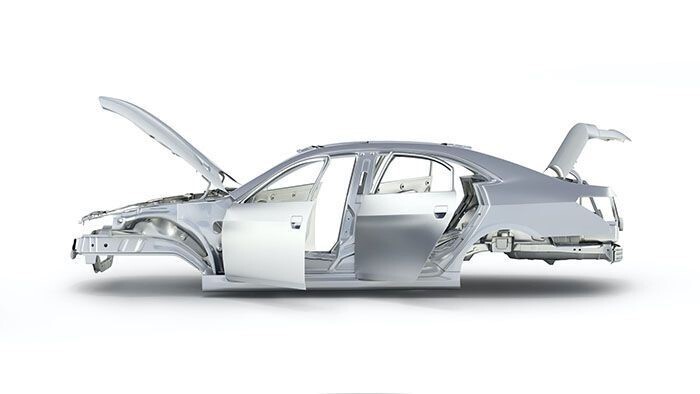

Aluminium has gone from being just another metal in cars to a key player shaping the auto industry’s future. Its light weight, strength, resistance to rust, and ability to be recycled without losing its quality makes it vital for improving fuel efficiency, boosting EV range, and reducing emissions over a vehicle’s lifetime.

Image for representational purpose
Al Circle values the automotive aluminium market at USD 97.86 billion in 2024 and projects it will almost double to USD 205.24 billion by 2032, growing at a CAGR of 9.7 per cent between 2025 and 2032. The sector’s growth is fuelled by increasing adoption of lightweight, high-performance, and sustainable materials across the automotive industry.
According to other sources, the market maintained a clear upward trajectory between 2020 and 2023, driven by the shift toward fuel efficiency and lower emissions. Valued at around USD 58.6 billion in 2020, estimates for 2021 and 2022 ranged between USD 40.6 billion and USD 70.1 billion, yet the overall trend remained positive. By 2023, the market had reached approximately USD 57.46 billion, reflecting steady and sustained progress.
In EVs alone, aluminium demand is expected to climb to 16 million tonnes by 2035, driven by regulatory requirements, the shift to electrification, and increasing consumer demand for lighter, more efficient vehicles.
Responses








